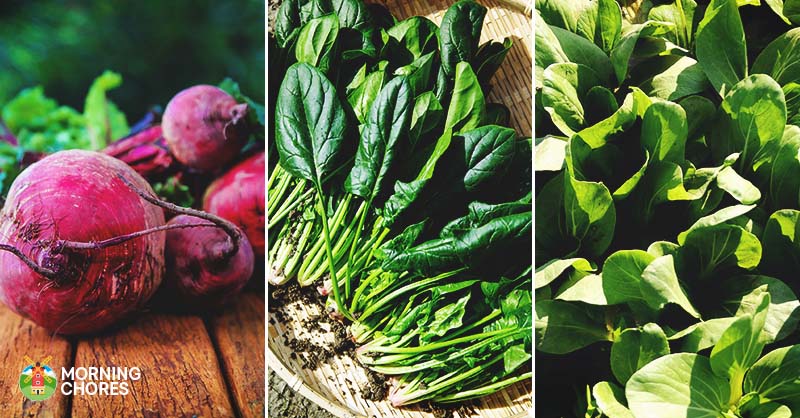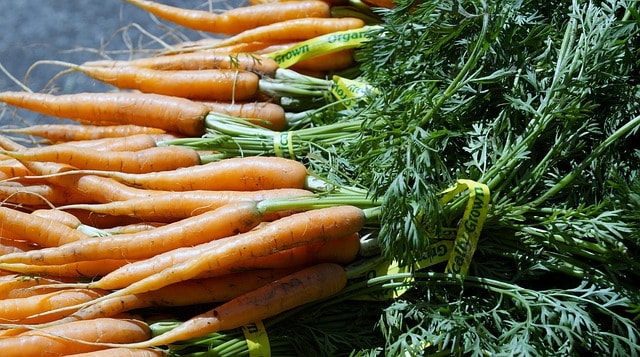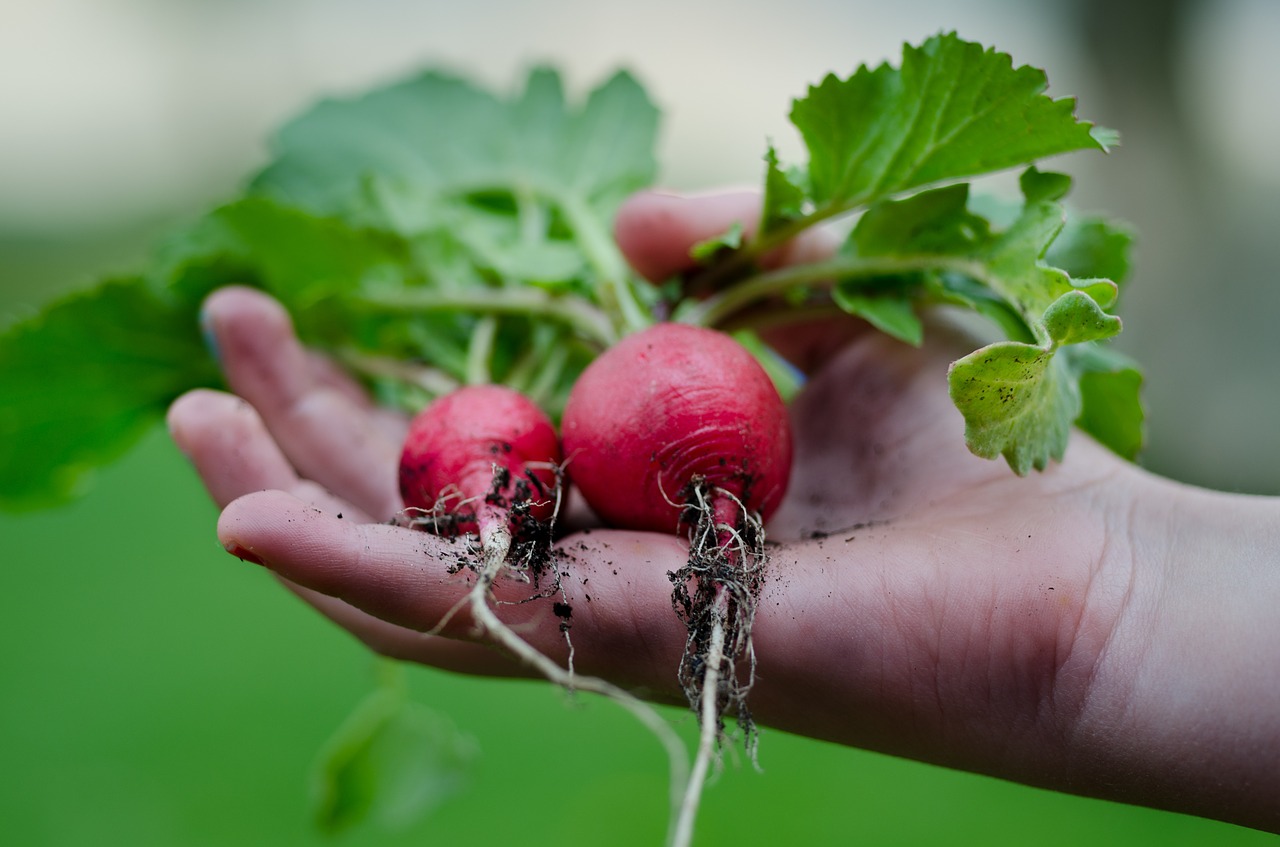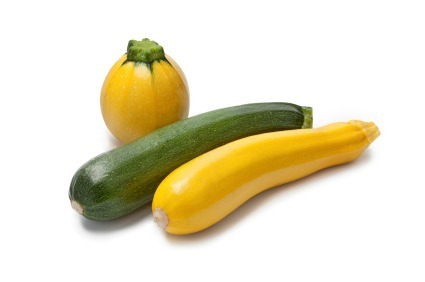A beginners guide to Gardening.
Have added several 5' x 13' plant beds to a garden. Starting from scratch using only the minimal of tools, a shovel, rake and a home made soil sieve. Also using kitchen scraps to make a compost heap, along with grass cuttings and any spare soil from different areas of the garden.
 This is where the sod was taken off and placed in different areas of the garden. The soil has never been worked, and had to be dug by shovel to turn it over.
This is where the sod was taken off and placed in different areas of the garden. The soil has never been worked, and had to be dug by shovel to turn it over.
 next, the soil was dug up and passed through a sieve to aerate it and get rid of any surface weeds.
next, the soil was dug up and passed through a sieve to aerate it and get rid of any surface weeds.
 and the next stage was to add other top soil which had been sitting out for a couple of years, the three types of soil used was the original, which is slightly grey in colour (yellow card) and the compost (green card) and the top soil ( blue card)
and the next stage was to add other top soil which had been sitting out for a couple of years, the three types of soil used was the original, which is slightly grey in colour (yellow card) and the compost (green card) and the top soil ( blue card)
The tools used were rudimentary, and because there wasn't any wheel barrow, have used a plastic flower pot instead. This works quite well, and builds up muscle. the sieve was put onto two upturned containers and worked through with the hands or a garden trowel. the sieve was made of four pieces of wood and really find wire mesh about 1 cm diameter holes. The garden centre thought it strange to ask for a 2 foot square piece of wire... but it was cheap and didn't want the whole role.
the sieve was put onto two upturned containers and worked through with the hands or a garden trowel. the sieve was made of four pieces of wood and really find wire mesh about 1 cm diameter holes. The garden centre thought it strange to ask for a 2 foot square piece of wire... but it was cheap and didn't want the whole role.
The completed garden bed with a loose stone wall and loose brick planters. The total time it took from start to finish was approximately 12-14 hours of work with minimal equipment. This is half way through the process, the three extra beds took two weeks. Two other beds are done and are 13 x 5 as well. Each bed will be fertilized with kitchen food, and compost from the compost heap at the end of October trenches will be built in each one and food waste will be placed in the shallow trench. This will be covered once the frosts start freezing the ground and then covered over to break down over the winter. Once Spring comes the beds will be turned over once more. With the addition of extra soil in the fall to each bed they will be about 6 inches above ground so any settling will keep the beds at ground level or there abouts rather than sinking into the ground - at least that is the general idea...
The total time it took from start to finish was approximately 12-14 hours of work with minimal equipment. This is half way through the process, the three extra beds took two weeks. Two other beds are done and are 13 x 5 as well. Each bed will be fertilized with kitchen food, and compost from the compost heap at the end of October trenches will be built in each one and food waste will be placed in the shallow trench. This will be covered once the frosts start freezing the ground and then covered over to break down over the winter. Once Spring comes the beds will be turned over once more. With the addition of extra soil in the fall to each bed they will be about 6 inches above ground so any settling will keep the beds at ground level or there abouts rather than sinking into the ground - at least that is the general idea...
Here are the beds half way through...
 And here are the finished beds - all material was found on site, the only thing that was bought was the material to stop the weeds from growing up through the gravel.
And here are the finished beds - all material was found on site, the only thing that was bought was the material to stop the weeds from growing up through the gravel.
some trees in the back ground are only a year old, everything seems to grow really fast during the summer months. We have one tree that grows 6 feet in one year and is notoriously hard to get rid of, its Carraganon, and grows wild here on the prairies. It's invasive but excellent for fencing, coverage for just about anything else except eating!
The beds are planted on the sides with what ever was found in the garden, the first bed has concrete breeze blocks excellent for using for potted plants as well, the second is made from stones found in the garden, and the third is made from lumps of sod from the beds ithemselves. These are laid out at an angle and laid on top of the weed sheet and built into an informal wall about 6 to 8 inches high. Over the winter it settled and produced a hard surface along the edge of the bed.
Three extra beds were made and using the same process as above. The beds have the hoola hoops and tomato cages to put the plastic over them to help prevent the seedlings from dying if the weather changes suddenly. Branches can also be used. In the new beds the soil was mixed with potting soil and sieved to reduce the grass, roots and dandelion roots. Established beds were dug up and airated and left for a week, and then had a fork passed through them to get out the roots from the grass and dandelions. All beds had kitchen compost dug into a trench in the early fall (September/October) and was buried to break down over the winter, then worked through the soil then left for a week before being raked over and then planted with seed. As soon as the seeds were planted, took a journal and made a note of where the seeds were in the garden. (in our area we have a short growing season, normally from May to end of August/September) then it starts to get cold again mid September to October. After that it's anyone's guess as to when the snow falls!) All seed this year is short term, (maturing between 50 and 60 days.) because of the long winter and not sure of how long the good weather will last... but if there is a possibility, the seed can be planted twice. Have also planted several types of squash, the leaves and flowers can be used in most cases, especially if it is pumpkin. (seeds have been used from last year's crop)






 Have also used containers to plant herbs and lettuce and will also be making a raised bed for herbs and other plants.
Have also used containers to plant herbs and lettuce and will also be making a raised bed for herbs and other plants.

The seedlings are now coming up after 3 weeks, we planted fast growing seeds, raddish, swiss chard (2 different varieites), carrots, spinach and beetroot. The tops can be used in a variety of ways almost immediately after showing especially the raddish. They have a spicey peppery taste and good in sandwiches or salads.
Also added in other beds peas, tomatoes, bok choy, coriandar, several varieties of potatotes and squash.
 The compost heap was originally placed at the back of the garden. It had been added to over 5 years but needs to rest. It will be turned over this year, if there are no squash growing in it. So we made a second compost heap using only kitchen scraps no meat as this would attract vermin and it would stink. We placed the scraps on a piece of dirt that had been cleared of grass. Then cordoned off to show where the compost needs to stay. We added soil ontop of kitchen scraps over the winter to help with the breaking down of the food and then when spring started we added more. We also add grass cuttings. In previous years we have used the dandelions and spinach for salads.
The compost heap was originally placed at the back of the garden. It had been added to over 5 years but needs to rest. It will be turned over this year, if there are no squash growing in it. So we made a second compost heap using only kitchen scraps no meat as this would attract vermin and it would stink. We placed the scraps on a piece of dirt that had been cleared of grass. Then cordoned off to show where the compost needs to stay. We added soil ontop of kitchen scraps over the winter to help with the breaking down of the food and then when spring started we added more. We also add grass cuttings. In previous years we have used the dandelions and spinach for salads.

After two months, the spinach is starting to flower and go to seed. Will be keeping one row for seed and will harvest the rest. The spinach when it's starting to flower is still good to eat either raw or cooked. Believe the plants with the yellow flowers are swiss chard. Have kept a garden journal of what seed has been planted in each bed. But, these came up from last year when it went to seed.
 And here is the Spinach...
And here is the Spinach...
 And the chives.
And the chives.

http://www.zetatalk.com/food/tfood142.htm
http://www.zetatalk.com/poleshft/p168.htm
http://www.zetatalk.com/info/tinfo25c.htm
http://www.zetatalk.com/poleshft/p28.htm
:max_bytes(150000):strip_icc():format(webp)/senior-man-selecting-vegetables-for-harvest-in-vegetable-garden-507828887-5755c7c73df78c9b4690a5c6.jpg)

















